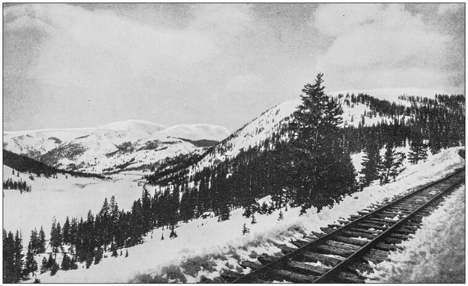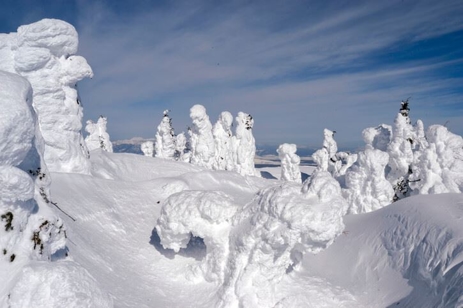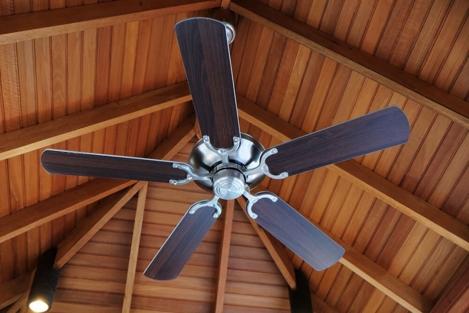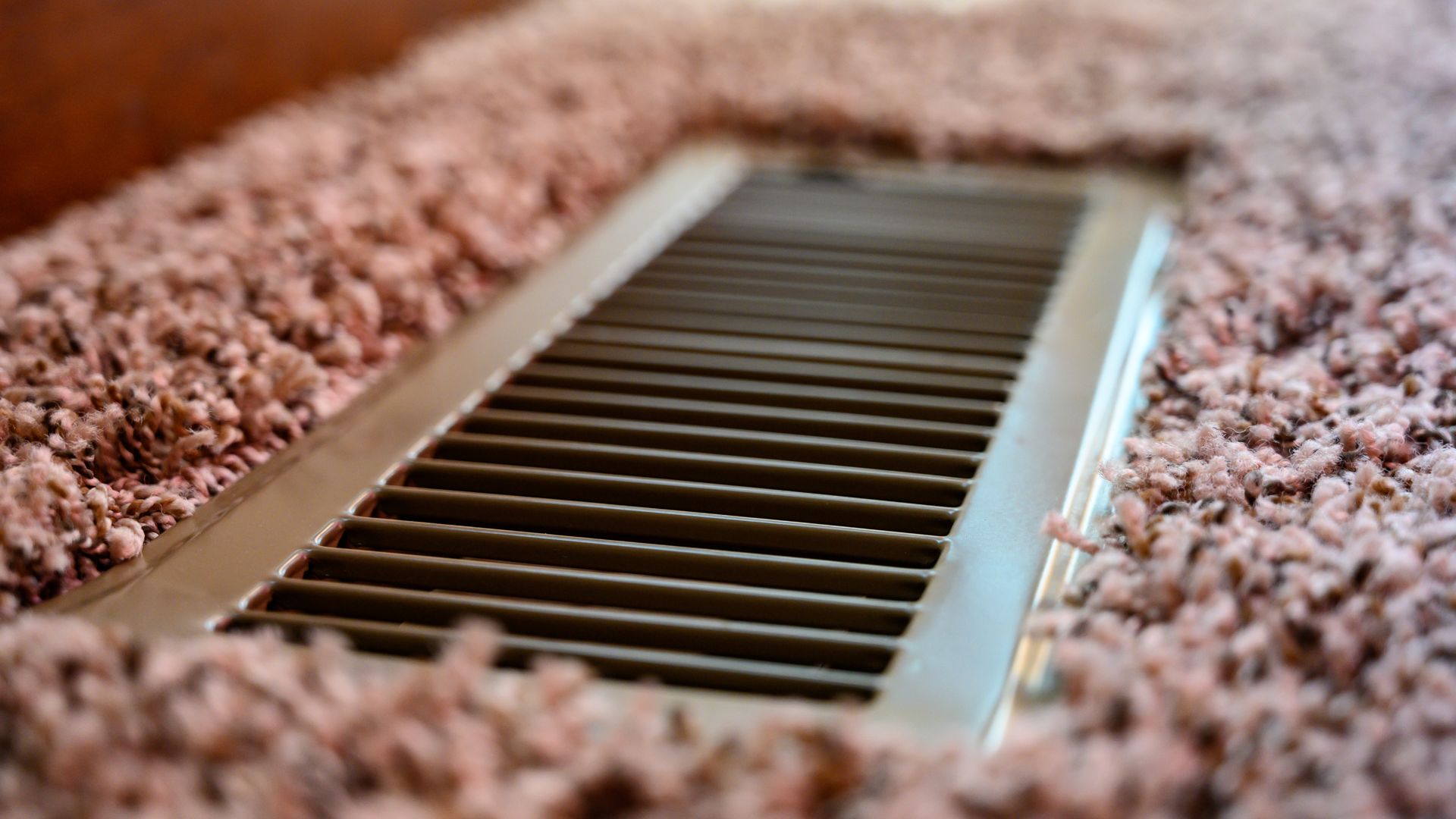Despite many people’s love-hate relationship with winter, no one can deny that the season has its share of intriguing myths and factoids. Snuggle up with your favorite blanket, and see if you can tell which of these cold-weather tidbits are fact and which are fiction!
True or False: The quickest cold snap on record was a drop in over 45 degrees in just 15 minutes.

True. On January 10, 1911, the citizens of Rapid City, South Dakota, were enjoying a relatively mild winter day. The temperature was only 55°F--not bad at all when you consider that Rapid City's average high in January is 38°F. However, it was too good to last. In a matter of 15 minutes, the temperature dropped 47 degrees, leaving the stunned folks of Rapid City standing in 8°F weather!
Here's the moral of the story: even if it doesn't seem that cold, always listen to your mom when she says to bring a jacket.
True or False: You can catch a cold from being out in chilly weather.

False. Being cold by itself will not give you a virus. However, there are several reasons why illnesses tend to coincide with cold weather. For instance, the low humidity that accompanies winter can help viruses like the flu spread faster. Also, because we all spend more time indoors during winter, we’re more likely to come into close contact with people already carrying a virus.
True or False: You can calculate wind chill with a mathematical formula.

True. If you were walking outside, facing the wind with your face exposed, the wind chill is what the temperature would feel like.
This is the equation weather experts use:
Wind Chill = 35.74 + 0.6215T – 35.75(V^0.16) + 0.4275T(V^0.16)
T equals the temperate in degrees Fahrenheit. V equals the wind velocity in miles per hour. You can also use this online calculator.
True or False: Snow ghosts are made of snow.

False. Although freezing temperatures are required to create this natural phenomenon, snow ghosts are, in fact, not made of snow but rime.
To get rime, you first need clouds or fog formed by masses of suspended, liquid water droplets. These droplets contain no nuclei, so they will remain liquid in up to -40°F until they come into contact with a surface, such as a tree or lift tower. As these liquid droplets freeze, they form a coating called rime (or rime ice). Layers of rime build upon each other to create the eerie and beautiful shapes known as snow ghosts.
True or False: A ceiling fan can help warm up a room.

True. While it may seem counterintuitive to run a fan when it’s cold, a ceiling fan can help redistribute heat more evenly around a room. During winter, make your ceiling fan rotate clockwise. This allows it to draw air up toward the ceiling and force the warm air that’s already up there to move out towards the walls and back down to “couch height.”
Feeling chilly? For reliable heater service in Caldwell or Boise, call Carter Comfort Systems today at (208) 739-4181 or contact us online!

